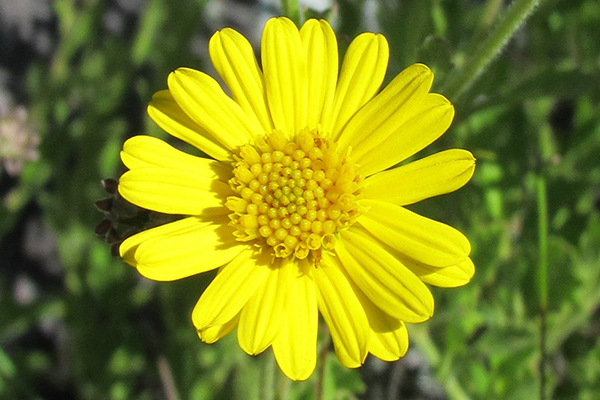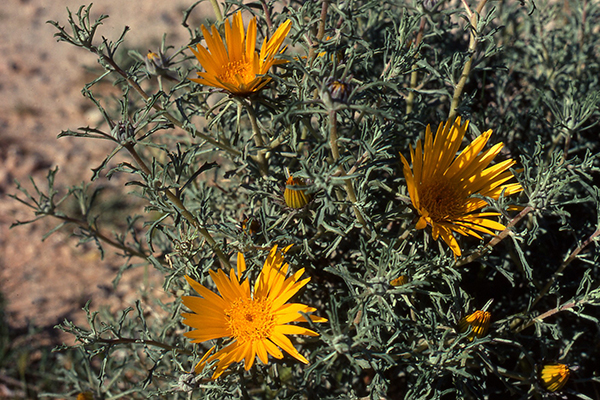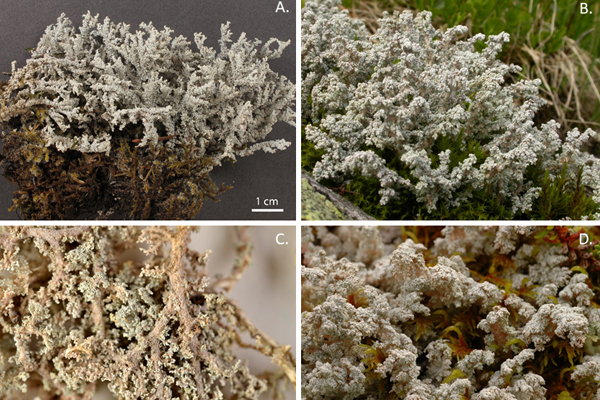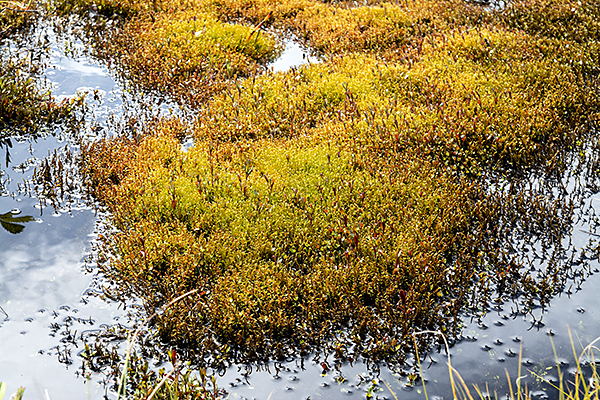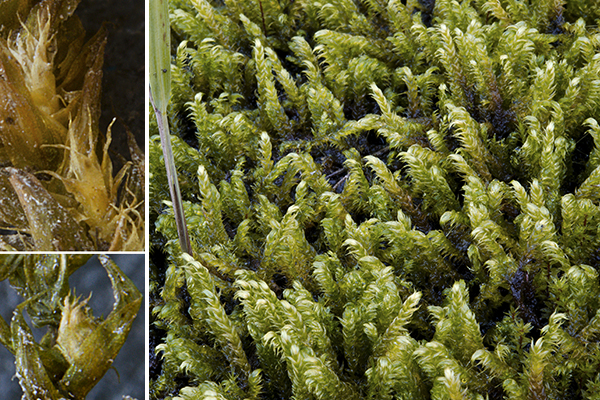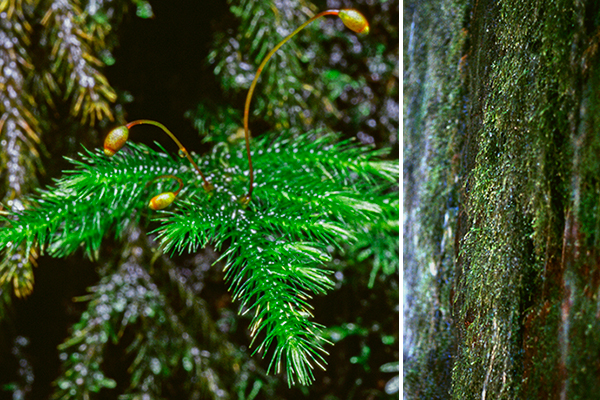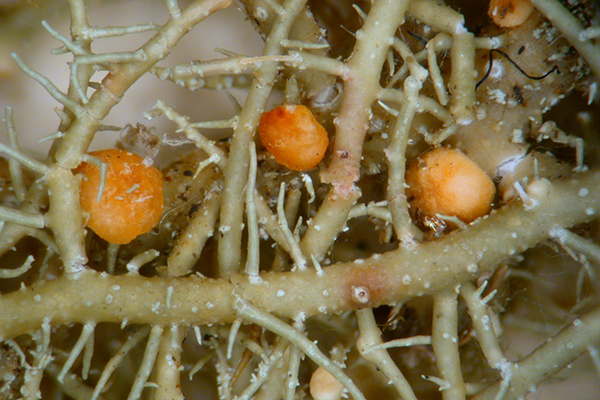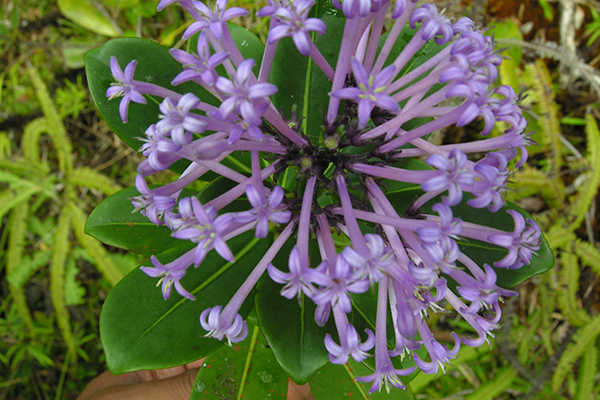Our research
At the Department of Botany we conduct organism-centred research in botany and mycology (including lichenology), with a strong focus on phylogenetic systematics, biodiversity patterns in space and time, and taxonomy.
In our research, we address evolutionary questions from the infraspecific to the highest taxonomic levels. We work both within Sweden and around the globe, often in tropical areas. We apply an array of different methods, for example morphological studies, DNA analyses including genomics, or life history analyses, to resolve our research questions, and collaborate intensively with colleagues from within the museum, nationally, and internationally.
We also conduct taxonomic studies and related revisionary work, which includes the description of new species and other taxa, and floristic and mycological inventories. Finally, many of us are actively involved in work aiming to safeguard biodiversity and red-listing of species.



